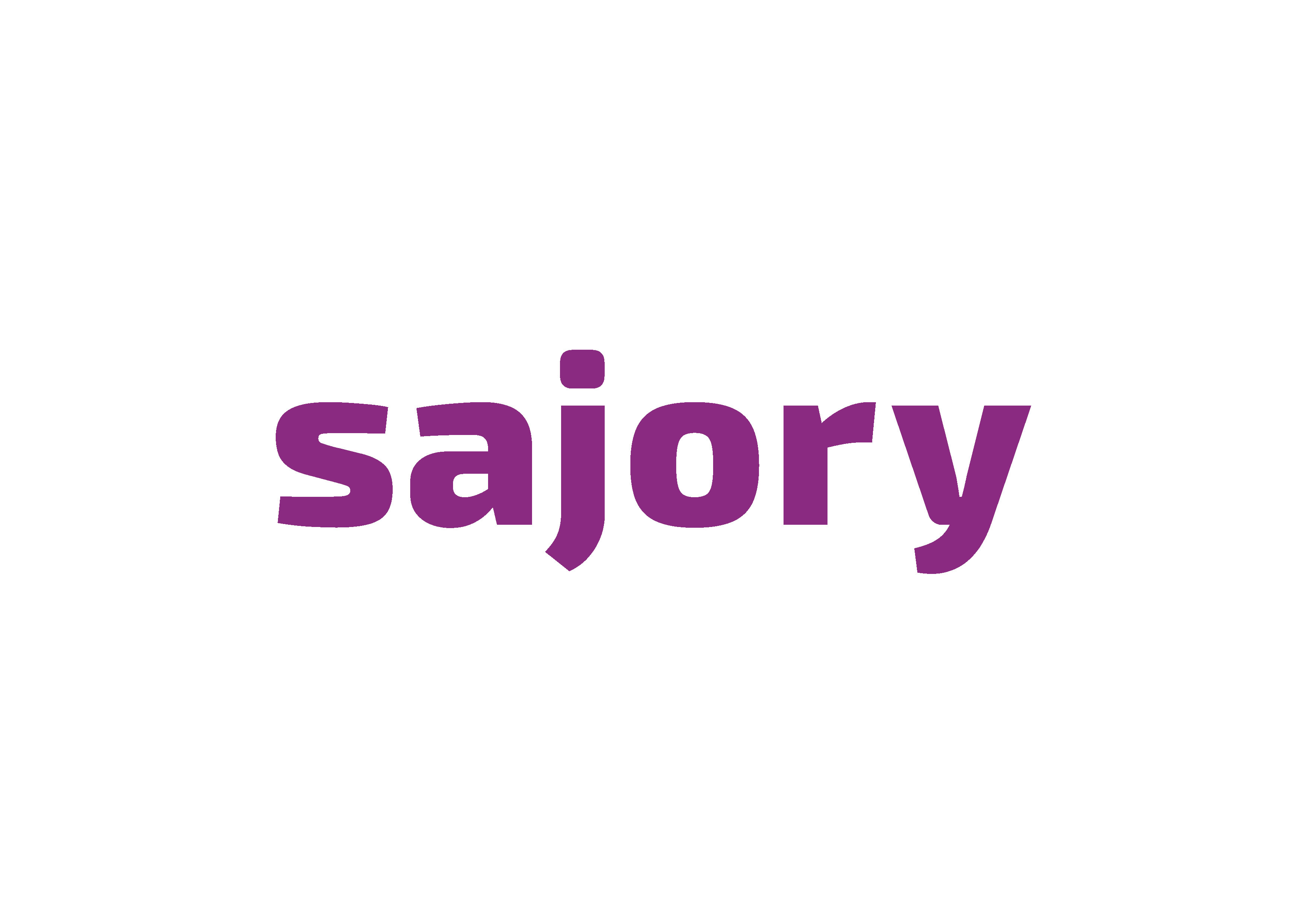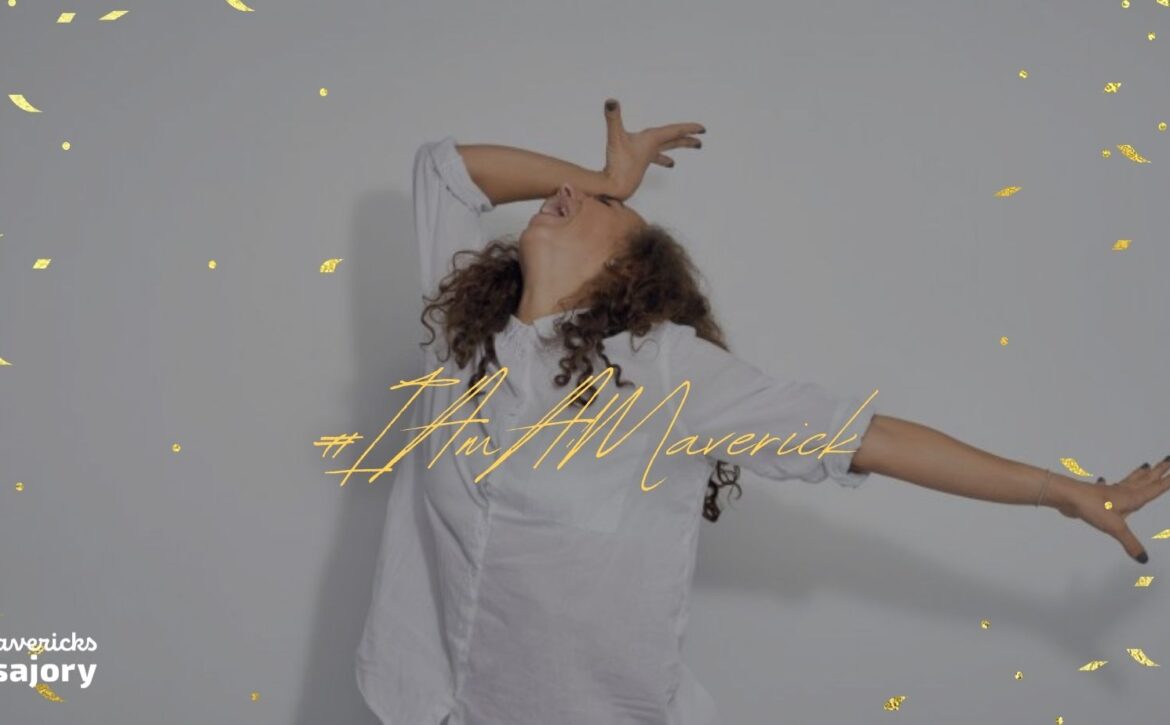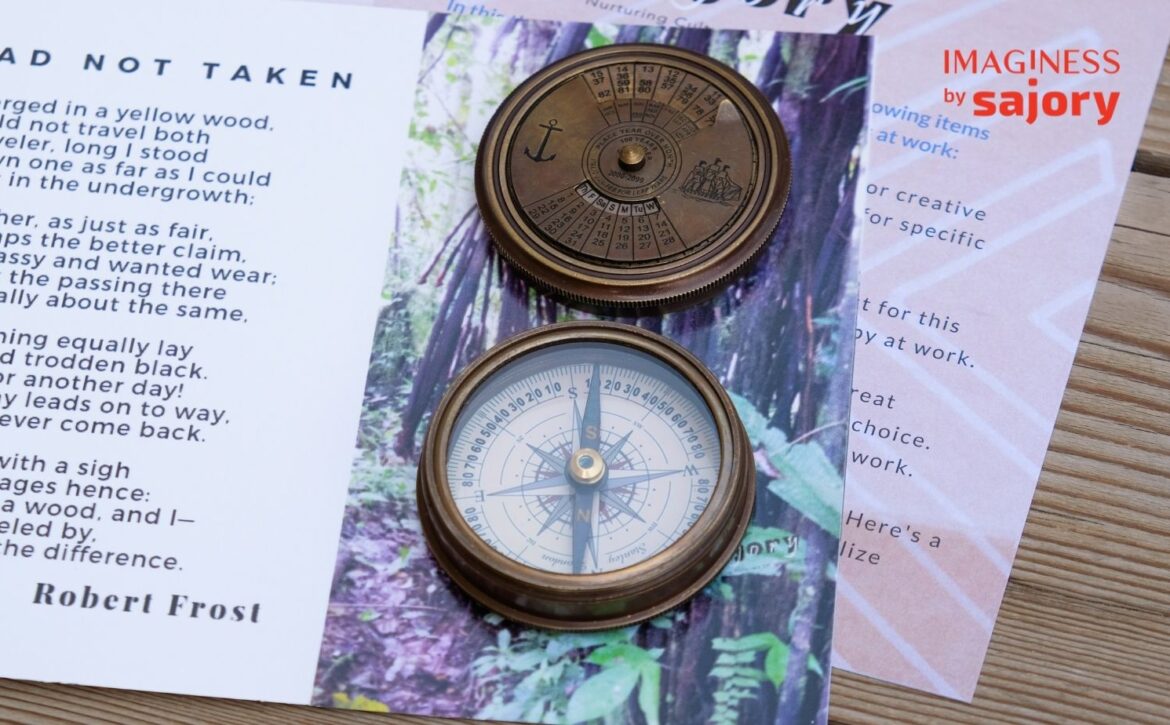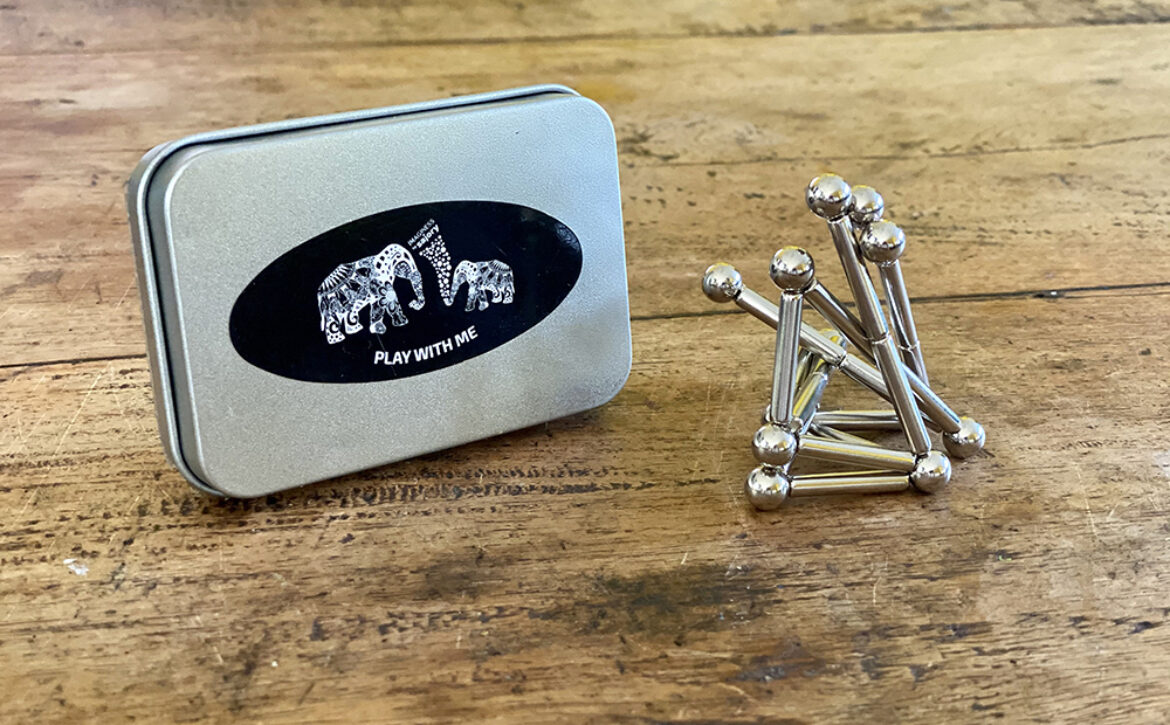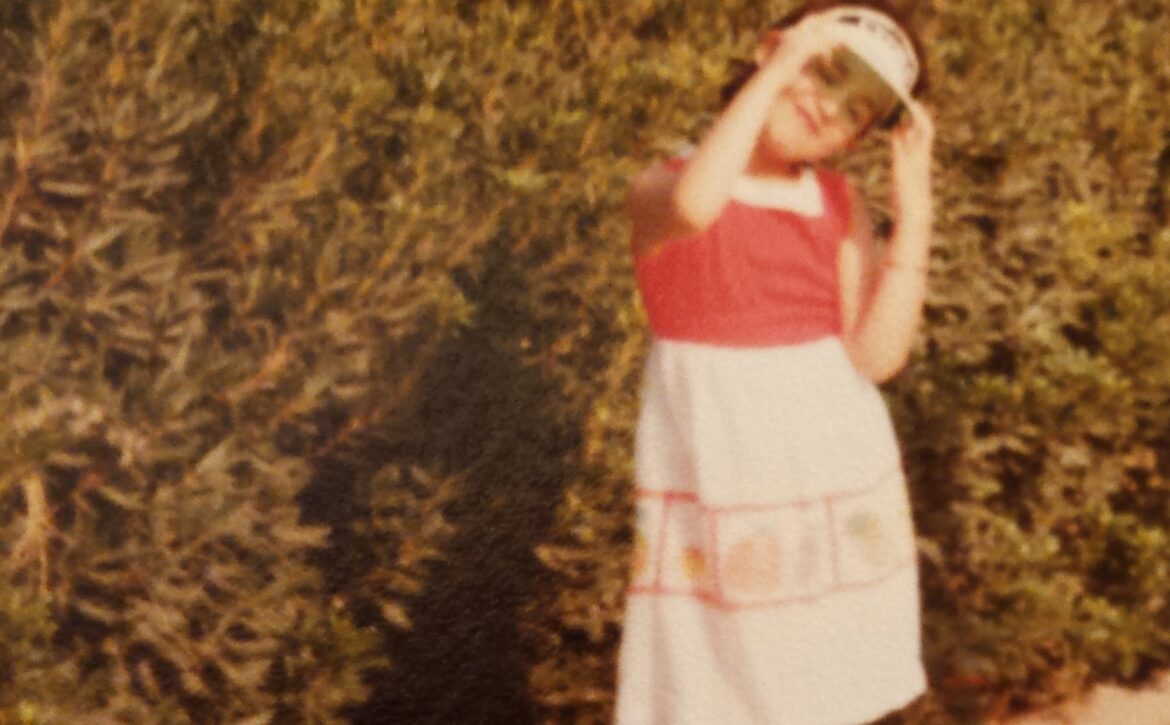Find the others
No matter what stage in your career life you’re in, finding other people who think like you is a great way to build your community at work.
People who are interested in similar challenges, have some wild ideas do bounce off, or don’t mind working tirelessly for hours digging through material to find the right piece of the puzzle to your mutual challenge.
Those people can come from other departments or from other organizations entirely. They share a similar cause or are driven by the sense of “we’re all in this together”.
A wise man once said to his son, “Build yourself a house in every country”.
Where am I to get such money? Asked his son.
Find a friend in every country, and you will have yourself all those homes.
Find the others. Build your houses.
Your ex-architect,
Randah Taher

